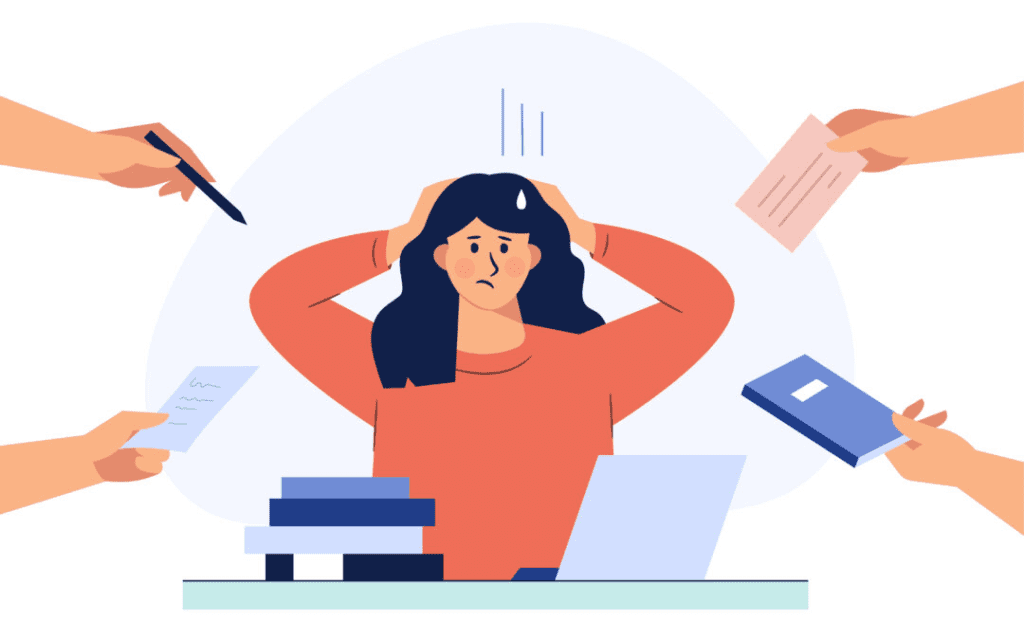Leg cramps are not just a mild inconvenience—they can cause significant discomfort, especially when they strike at night. These involuntary muscle contractions often target the legs and can wake you from a deep sleep, leaving you frustrated and in pain. If you’re seeking relief from these nightly nuisances, there are several effective strategies to help you reduce the frequency of leg cramps and improve your sleep quality.

In this article, we’ll outline 10 practical methods that can help prevent leg cramps and give you a better night’s rest.
1. Stretch Your Muscles Before Bed
A quick and easy way to prevent leg cramps is by incorporating stretching exercises into your nightly routine. Focus on stretching your calves, hamstrings, and other leg muscles. Stretching helps improve blood circulation and loosens tight muscles, reducing the likelihood of cramping. Spend just a few minutes stretching before bed, and you may find it makes a big difference.
2. Stay Hydrated Throughout the Day
Dehydration is one of the most common causes of muscle cramps. When your body lacks adequate fluids, it can lead to electrolyte imbalances, causing your muscles to contract uncontrollably. Make sure to drink at least 8-10 glasses of water throughout the day. Also, be mindful that beverages like coffee and alcohol can dehydrate you, so keep their consumption in moderation.
3. Adjust Your Diet for Muscle Health
Your diet plays a crucial role in muscle function. Deficiencies in essential minerals like magnesium and potassium can contribute to leg cramps. Eating foods rich in these nutrients, such as bananas, leafy greens, avocados, and nuts, can help maintain muscle health and prevent cramping. If you suspect your diet lacks these minerals, consider making some dietary adjustments.
4. Apply Heat or Cold Therapy
Heat and cold therapy can provide immediate relief if a leg cramp strikes. Applying a heating pad or warm towel to the cramped muscle can relax it and reduce pain. Conversely, icing the area can reduce inflammation and numb the pain. Try each method to see which works best for you. A quick 15-20 minutes of heat or cold therapy can ease discomfort quickly.
5. Maintain an Exercise Routine
Regular exercise helps keep your muscles strong and flexible, reducing the chance of cramps. However, balance is key. Overexertion or exercising late in the day can sometimes lead to nighttime cramps. Try to engage in moderate, regular physical activity, like walking, cycling, or swimming, to keep your muscles in top shape without overworking them.
6. Adjust Your Sleeping Position
Your sleeping position can have a surprising impact on leg cramps. If you tend to sleep with your toes pointed downward (plantar flexion), this position can put tension on your leg muscles and lead to cramps. Instead, aim for a neutral position where your feet rest comfortably. Placing a pillow under your knees can help if you sleep on your back, while side sleepers can place a pillow between their legs for support.
7. Avoid Tight Bedding

Tightly tucked-in sheets and heavy blankets at the foot of your bed can restrict your legs and increase the risk of cramping. Make sure your bedding allows your feet and legs to move freely during the night. This simple adjustment can give your muscles the flexibility they need and prevent cramping.
8. Consider Over-the-Counter Supplements
Sometimes, even with a balanced diet, you may not get enough of the essential minerals that help prevent cramps. Magnesium and potassium supplements can be effective in reducing leg cramps, particularly if you’re deficient in these minerals. However, always consult with a healthcare provider before taking any new supplements to ensure they are safe for you.
9. Manage Stress and Anxiety

Stress and anxiety can cause muscle tension, which may trigger leg cramps. Incorporating relaxation techniques, such as deep breathing, meditation, or yoga, can help you unwind and reduce the likelihood of muscle cramps caused by tension. A calm mind can lead to a calm body, reducing the chance of nocturnal cramps.
10. Seek Medical Advice if Needed
If you’ve tried multiple remedies and still suffer from frequent or severe leg cramps, it may be time to seek professional help. Chronic leg cramps can sometimes signal underlying medical conditions, such as circulatory issues, nerve damage, or metabolic imbalances. A healthcare provider can run tests and recommend treatments, including medications, to help manage the problem.
Conclusion: Achieving a Night of Cramp-Free Sleep
Leg cramps can be painful, but they’re often manageable with simple lifestyle changes. By implementing these 10 strategies, you can reduce the occurrence of leg cramps and enjoy more restful sleep. Whether through hydration, stretching, dietary adjustments, or professional assistance, there are plenty of solutions available to help you wake up refreshed and free from muscle pain.
Remember, consistency is key. Once you’ve identified what works for you, make it part of your routine and look forward to cramp-free nights and improved sleep quality.


